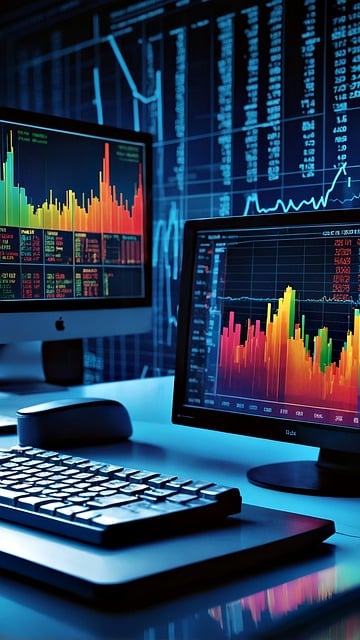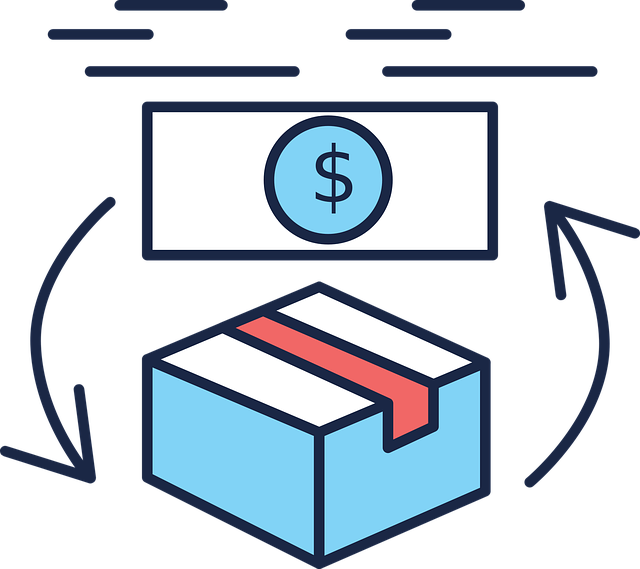How Much Money Do You Need to Day Trade Crypto?
In recent years, cryptocurrency has emerged as a revolutionary way to invest, bringing to light numerous trading strategies. Among these strategies, day trading has gained significant traction. This article aims to delve into how much money you really need to day trade crypto, helping potential traders make informed financial decisions. From assessing the necessary capital to understand the risks involved, we will thoroughly analyze this topic.

Understanding Day Trading in Crypto
Day trading is a strategy where traders buy and sell crypto assets within the same day, aiming to capitalize on short-term market movements. This approach necessitates keen market analysis and quick decision-making skills. Unlike traditional investing, where individuals might hold assets for months or years, day trading typically involves executing multiple trades within a single day.
The Basics of Day Trading
Before diving into the financial requirements of day trading, it's essential to understand what it entails:
- **Frequency of Trades:** Day traders can execute dozens, if not hundreds, of trades in a single day, buying and selling with the goal of profiting from minor price fluctuations.
- **Market Analysis:** Successful day trading necessitates a solid understanding of technical analysis, market trends, and trading indicators.
- **Risk Management:** Traders need to establish proper risk management techniques to protect their capital and minimize losses.
Initial Capital Requirements
A common question among prospective day traders is, "How much money do I need to start?" The answer can vary significantly depending on various factors, including the trading platform you choose, the cryptocurrencies you plan to trade, and your individual risk tolerance.
Minimum Investment Recommendations
Here’s a breakdown of the minimum capital generally recommended for day trading:
- **$1,000 to $5,000:** Many trading platforms allow traders to start with as little as $1,000; however, having at least $5,000 can provide better flexibility and reduce the risk of getting margin calls.
- **$10,000 or More:** With a capital of $10,000 or more, traders can better absorb losses and take advantage of more significant trading opportunities.
Brokerage Fees and Trading Costs
Another critical consideration for day traders is the associated costs. Understanding brokerage fees and trading costs is imperative to calculating your effective starting capital.
Types of Fees
- **Trading Commissions:** Most exchanges charge a fee structure ranging from 0.1% to 1% per trade, depending on your trading volume.
- **Withdrawal Fees:** Some platforms charge a fee when you withdraw money, which can affect your net gains.
- **Spread Costs:** The spread is the difference between the buying and selling prices of a cryptocurrency. Day traders should be aware that trading on a spread can reduce profitability over numerous trades.
Total Trading Costs
When calculating how much capital you need, it’s crucial to consider your trading frequency and the potential costs involved. Suppose your strategy involves executing numerous trades per day, the total costs can add up significantly and impact your overall profitability.

Required Experience and Knowledge
While money is a considerable factor, it's also essential to consider your level of trading experience. Day trading is not merely a financial endeavor; it also involves significant risk and emotional challenges.
Education is Key
Investing in educational resources, such as trading courses, books, and mentorships, will enhance your skills and techniques:
- **Online Courses:** Platforms like Udemy and Coursera offer trading courses aimed at beginners and seasoned traders alike.
- **Books:** Investing in books by renowned traders can offer invaluable insights into strategies and risk management.
- **Simulated Trading:** Before utilizing real money, practice via demo accounts to refine your trading strategy without financial risks.
Psychological Preparedness
Day trading is not just about technical accuracy but also a psychological game. Traders must cultivate the ability to remain calm under pressure and effectively manage their emotions.
Recognizing Emotional Triggers
Understanding how to handle greed, fear, and impatience is pivotal to your success:
- **Greed:** The desire to make excessive profits can lead to poor decision-making. Developing a solid exit strategy for profits can help mitigate this.
- **Fear:** Fear can lead to hasty decisions, such as selling at a loss. Maintaining a well-planned trading strategy is vital.
- **Impatience:** Waiting for the right trading opportunities is crucial. Rushing into trades can lead to unnecessary losses.
The Role of Leverage in Day Trading
Leverage allows traders to control larger positions with a smaller amount of capital. While it can amplify profits, it also magnifies losses.
Understanding Margin Trading
Margin trading involves borrowing funds to increase your trading capacity. Consider the following:
- **High Risk:** While using leverage can yield significant profits, it's perilous. New traders should approach these instruments cautiously.
- **Leverage Ratios:** Crypto exchanges offer different leverage ratios, typically ranging from 2x to 100x or more. Understanding and manipulating these ratios requires advanced knowledge of trading.

Investment Strategies for Day Trading
Deciding how to allocate your funds is as crucial as knowing how much capital to start with. Various trading strategies can influence your success in day trading.
Popular Day Trading Strategies
- **Scalping:** This strategy focuses on making small profits from numerous trades throughout the day, requiring a higher volume of capital to be effective.
- **Momentum Trading:** Traders identify stocks that are moving significantly in one direction on high volume and enter and exit positions accordingly.
- **Swing Trading:** Although slightly different from day trading, swing trading involves holding assets for a few days to profit from expected price movements.
Legal Considerations and Tax Implications
Before embarking on your day trading journey, it's essential to understand the legal aspects and potential tax implications associated with crypto trading.
Regulatory Environment
The regulatory landscape surrounding cryptocurrencies is still evolving. Traders must remain informed about the legalities in their respective countries to avoid any unforeseen consequences.
Tax Implications
Profits made from day trading crypto are generally considered taxable income. It's vital to document your trades thoroughly for accurate tax filing. Always consult with a tax professional to understand your obligations:
- **Capital Gains Tax:** Depending on your jurisdiction, you might be subject to capital gains taxes.
- **Record Keeping:** Maintaining a clear record of all transactions is essential for tax purposes.
Final Thoughts
As we draw this analysis to a close, it's clear that day trading in crypto is not a venture to be taken lightly. With the potential for significant profits comes the risk of substantial losses. Although starting with a minimum of $1,000 or more may be adequate, a total investment of $10,000 or more could provide better opportunities for growth and risk management.
Ultimately, the amount of money needed to day trade crypto varies based on individual strategies, trading frequency, and platform choice. It is highly advisable to undertake a thorough analysis of your financial situation and educate yourself to ensure you're adequately prepared for the challenges ahead.
Remember: Developing a disciplined trading plan, staying informed about market trends, and continually educating yourself can increase your chances of success in this fast-paced and volatile market.